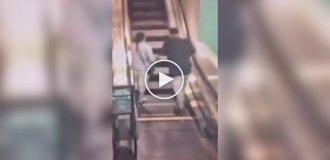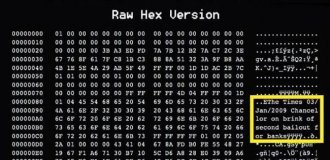Smart lock created in England 300 years ago (11 photos + 1 video)
Today there are many solutions for providing home security, from fingerprint passwords to access systems without key. But this does not mean that earlier people were more careless and did not tried to lock the doors more securely! 
Proof of this is the vintage "detector" lock, which showed how many times it was opened. This is a wonderful device. was created by British locksmith John Wilkes around 1680.
Today, a beautiful castle made of brass and steel is kept in collections of the Victoria and Albert Museum in London. And no wonder: he looks like a real museum value. There is another version of the castle and its like the apple of the eye is guarded in the Amsterdam State Museum.
Wilkes smart lock could be installed on the cabinet door, in where important documents or valuables are stored in order to control access. How does the device work? The man holding the pointer is main element. A small button at his foot opens the lock well when pressed. 

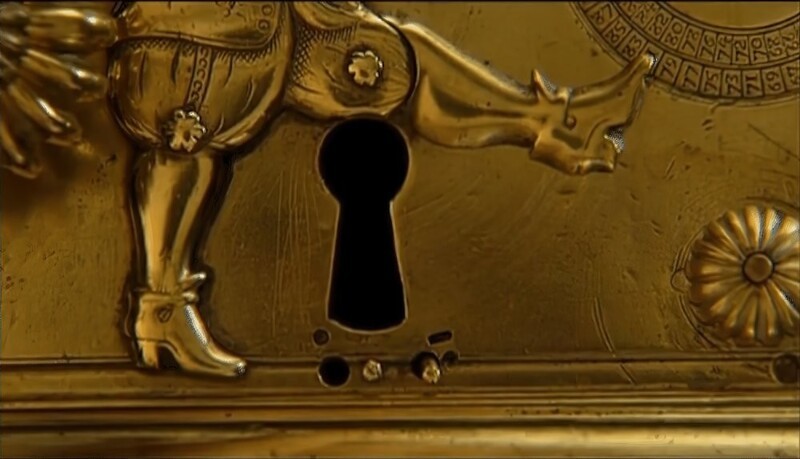
The door bolt is released when he raises his hat, and this action, combined with turning the knob, causes it to unlocks quickly. 

Every time the door is unlocked, a numbered dial rotates, allowing an arrow to indicate how many times the lock has been open. The counter is reset after reaching the number 100 - for this you need to press the button on the little man's jacket. 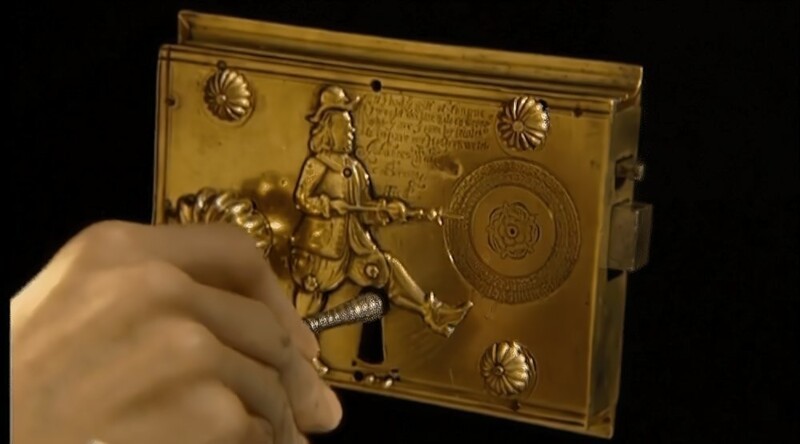

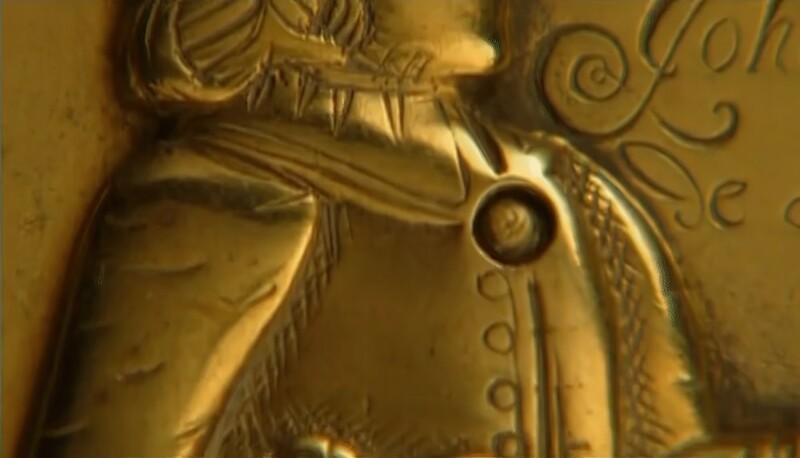
The inscription on the old castle reads: "If I had your the gift of language/ I would not say or do anything wrong/ Who are you, who came secretly/ To deprive my Lord of his wealth? 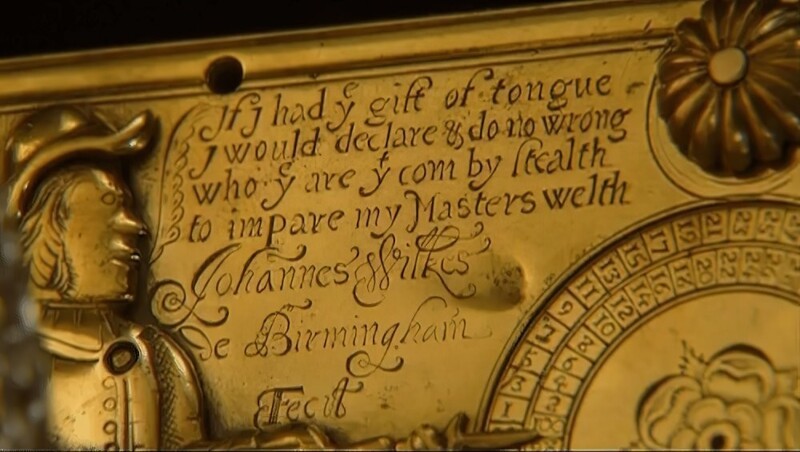

The mechanism uses a double protection system, often applied to this day. Using a key in combination with complex actions necessary to ensure the blocking function creates an additional layer of security.
Video: how a 330-year-old smart lock works





